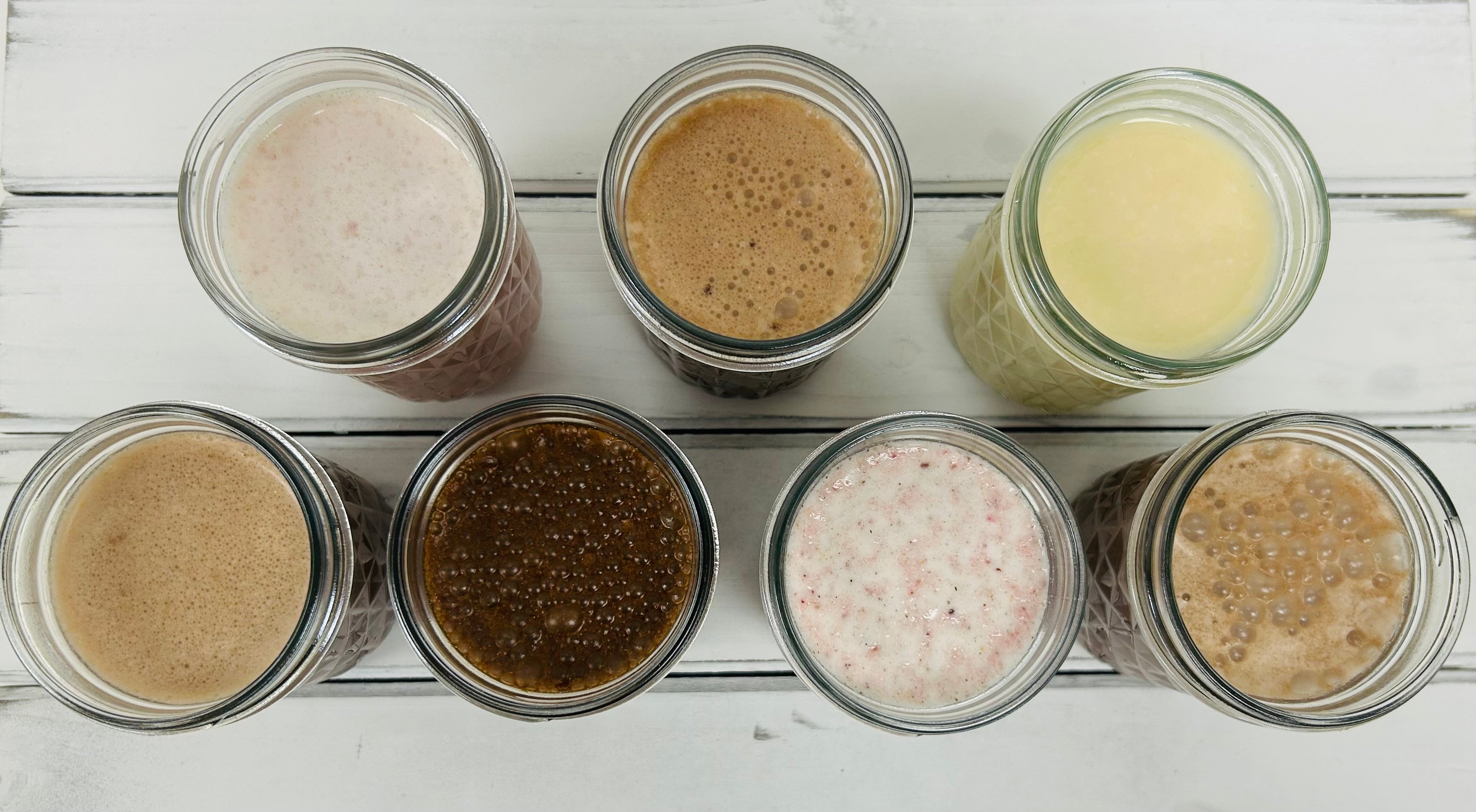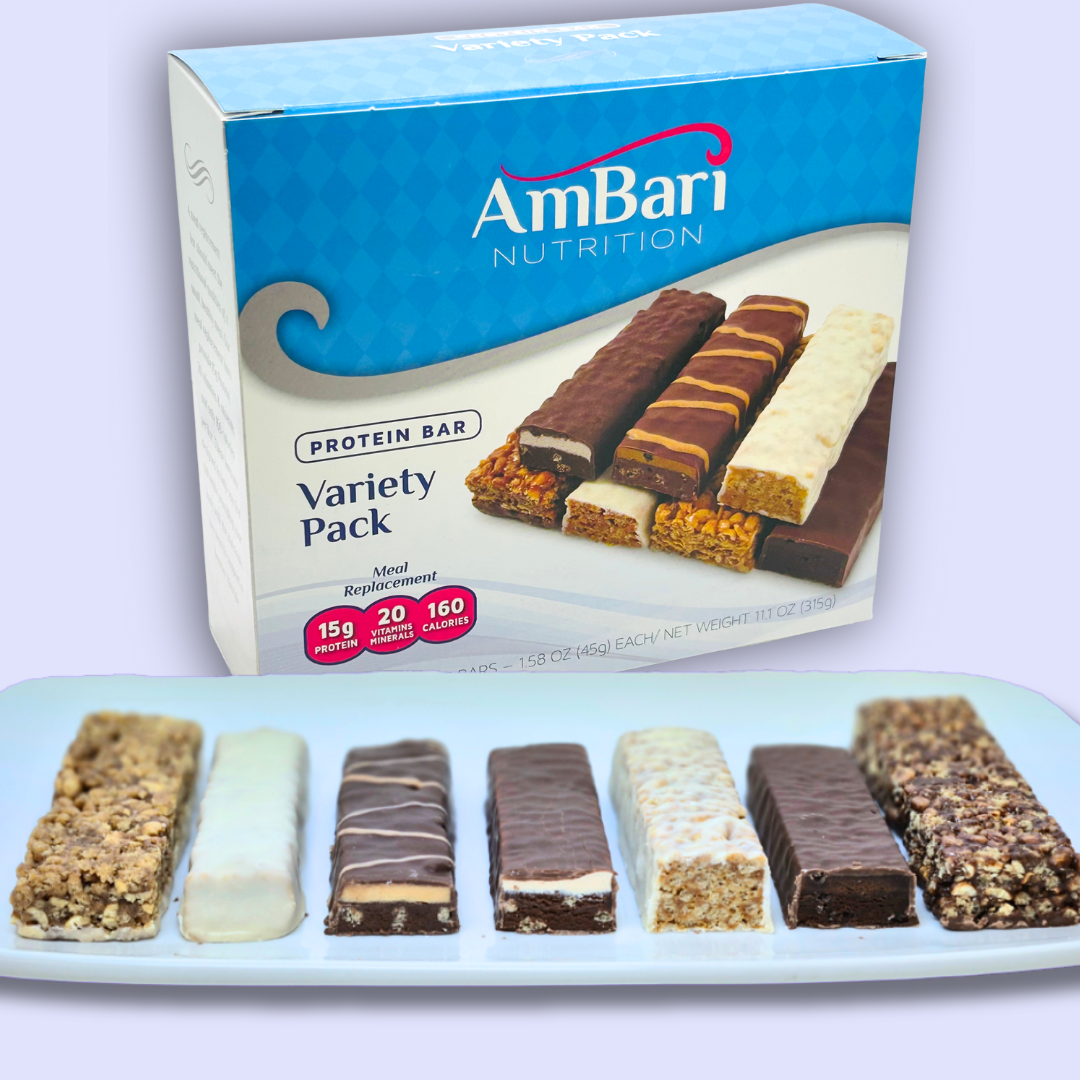Your cart is empty

11 Low Glycemic Fruits: A Comprehensive Ranking of Diabetic-Friendly Fruits
Low Glycemic Fruits
In a world where diet trends come and go, one enduring piece of dietary advice is the consumption of fruits. However, not all fruits affect our bodies in the same way, especially when it comes to blood sugar levels. This is where the concept of the glycemic index (GI) comes into play, a tool that measures how much specific foods raise blood sugar levels.
For individuals looking to manage diabetes, control their blood sugar, maintain a healthy weight, or simply make informed dietary choices, understanding and choosing low-glycemic fruits can be a game-changer.
This article delves into the realm of low-glycemic fruits, exploring their benefits, nutritional profiles, and the role they play in a balanced diet. Whether you are living with diabetes, aiming to lose weight, or just striving for better health, this guide will provide valuable insights into how these fruits can fit into your daily routine.
List and Description of 11 Low Glycemic Fruits
The glycemic index and glycemic load are only two small facets of nutrition and aren’t always perfect, but they can be a useful tool in determining how food may affect blood sugar, especially for individuals with diabetes. Bear in mind that the below figures are estimates retrieved from a Glycemic Index Guide.
Generally speaking, citrus fruits are your friend when searching for low-GI fruits. Both lemons and limes have a low GI compared to other fruits, but you’ll also probably notice this in their sour flavor rather than sweet.
GI: 20
GL: 0.6
How to Use Lemons and Limes
The juice and zest of lemons and limes are great ingredients to enhance the flavor of water and are used in dressings and marinades. When considering recipes, think about using fresh lime for Asian and Latin-inspired cuisine and lemon for recipes with a more European influence.
With a similar texture to an orange, but with the flavor profile of citrusy tartness, it’s a really dynamic and fun fruit to add to your diet.
GI: 22
GL: 0
How to Use Grapefruit
My favorite way to enjoy grapefruit is to simply slice one in half and use a spoon to scoop out the flesh.
Shop Our Diabetic Food Collections: All Diabetic Foods | Diabetic Shakes | Diabetic Bars
Fresh berries are nutritional superstars due to their high antioxidant and vitamin content and they also have a pretty low GI.
GI: 25
GL (strawberries): 1.9
GL (blueberries): 2
GL (blackberries): 2.5
GL (raspberries): 3
How to Use Fresh Berries
A bowl of fresh berries is a great snack any time of day but can be particularly lovely atop Greek yogurt or oatmeal. Never waste fresh berries. Just place them in a freezer-friendly container or Ziplock and use them later in smoothies.
Pro tip: Your berries will last longer in the refrigerator if you only wash the portion you need right before use.
There are different types of cherries with different names, but the types most commonly consumed in North America are dark sweet cherries.
GI: 25
GL: 4
How to Use Cherries
Cherries are one of my favorite snacks because eating them is a bit of an activity in itself from maneuvering around the pit. Wash them beforehand, and they are easily portable.
Sometimes called a satsuma, clementine, or tangerine, these mini peelable fruits are a delectable snack on the go.
GI: 30
GL: 3.9
How to Use Tangerines
Tangerines are the perfect on-the-go snack because they are self-contained by their peel (for hygiene purposes).
Not every supermarket around the country will carry passionfruit, but if you’re lucky enough to spot these exotic fruits, give them a try!
GI: 30
GL: 4
How to Use Passionfruit
To eat a passionfruit, slice it in half then use a spoon to scoop out the flesh. This can then be used in recipes or eaten raw.
Often overshadowed by their popular cousin, the apple, I think pears are a bit of an underrated fruit. They are typically reasonably priced, have a good nutritional profile, and can be used in a variety of recipes.
GI: 30
GL: 4.7
How to Use Pears
Chopped up into salads, eaten raw, or even baked with brie, pears are a versatile fruit with a fairly low sugar content.
Plums are juicy fruits known for their sweet and slightly tart flavor, rich in antioxidants, and beneficial for digestive health.
GI: 35
GL: 3
How to Use Plums
Plums can be used in several recipes, but for the healthiest version, just eat them raw! Bear in mind plums have pits. You can remove the pit similarly to removing the stone from an avocado. Slice the fruit in half up to the pit, and twist the two halves around the pit until they come apart. From there, you’ll have easy access to remove the pit.
Some peaches can be quite sweet, but the fiber in peaches helps to counteract this.
GI: 35
GL: 4
How to Use Peaches
A popular and healthy way to enjoy fresh peaches is with cottage cheese, perhaps topped with nuts and just a touch of honey.
Pomegranates contain delectable little seeds, or arils, that are high in antioxidants, fiber, and vitamins.
GI: 35
GL: 6.7
How to Use Pomegranate
You can buy the seeds in most supermarkets, but the price point is much more bearable by purchasing the whole fruit, it just requires a bit of prep. If you’ve ever looked at pomegranate and been a bit stumped as to how to retrieve the juicy seeds, you aren’t alone.
It isn’t too difficult, you’ll just need to slice the fruit in half, fill a large bowl of cold water, and manually remove the seeds from the flesh, which is when the flesh should float to the top and the seeds will sink to the bottom for easy retrieval.
The flesh of the pomegranate is quite bitter, so it’s not recommended to eat. The seeds can be eaten raw or are beautiful atop salads, grain bowls, or toasts.
Apples are inexpensive, widely available, and an easily portable low-GI snack.
GI: 36
GL: 5
How to Use Apples
Of course, the humble apple is an excellent fruit to pack as a snack or side to a simple lunch. Like pears, apples are a terrific healthy addition to salads and cheese boards. To pair your fruit with protein, try slicing your apple and dipping it into some smooth or melted nut butter.
What is the Glycemic Index?
The glycemic index for a food is measured through an experimental process, which is explained particularly well in this video. It compares foods portion by portion to provide a numerical, standardized measurement.
The glycemic index is a 0-100 ranking system for carbohydrates based on their immediate effect on blood glucose (blood sugar) levels, which is further broken down into three categories: low, moderate, or high GI. We’ll expand on glycemic load, a similar metric, soon.
|
Low |
Moderate |
High |
|
|
Glycemic Index |
0-55 |
56-69 |
70+ |
|
Glycemic Load |
0-10 |
11-19 |
20+ |
Carbohydrates that break down quickly during digestion have the highest glycemic indices. Their blood sugar response is fast and high. Conversely, carbohydrates that break down slowly, releasing glucose gradually into the bloodstream, have low glycemic indices.
Why does this matter? For starters, maintaining stable blood sugar levels is crucial for overall health. It's especially important for individuals with diabetes, who need to manage their blood sugar meticulously. But even for the general population, a diet high in low GI foods can aid in weight management and reduce the risk of developing type 2 diabetes and cardiovascular diseases.
Low-GI foods, such as most fruits and whole grains, are ideal for managing blood sugar levels, whereas high-GI foods, like white bread and sugary snacks, can cause rapid spikes in blood sugar.
Glycemic Load As An Alternative
The glycemic index provides insight into how carbohydrates impact blood sugar levels, while the glycemic load offers a broader perspective by considering all components of food, thus offering a more realistic view of its effect on blood glucose levels. Utilizing both these measures is beneficial for effective blood sugar management and dietary planning.
The problem with just looking at the glycemic index of a food is that it doesn’t take into account that in the real world, people eat varying portion sizes. Glycemic load corrects the glycemic index based on a 100-gram serving size, which is roughly ½ cup of berries or one cup of other fruits.
The equation to calculate GL is:
GL = (digestible carbs per serving x GI)/(100)
Digestible carbs = total carbohydrates - dietary fiber
The Role of Fiber in Fruits
Fresh fruit and fresh juice will not have the same glycemic index. The fiber in a whole fruit will have a large impact on how quickly sugar is absorbed into the bloodstream because fiber slows down the absorption of glucose. Juice, however, doesn’t have that amount of fiber, so it will have a higher GI than its whole-food counterpart. The more pulp that is in a juice, the higher the fiber content will be.
What About Dried and Canned Fruits?
Dried fruits are frequently in the form of dried raisins, prunes, apricots, dates, and figs. Dried fruit is nutrient-dense with antioxidants and fiber and much healthier than many other processed or packaged foods. However, because the water is removed from the product, all of the sugar is concentrated in a smaller portion, making it very easy to overeat.
Though dried fruits are undoubtedly nutritious, they are loaded with sugar and carbohydrates, so this is not ideal for those trying to manage their weight or blood sugar unless you are extremely mindful of serving size. For example, a serving size of dried cranberries (40g) contains 29 grams of sugar, which is roughly equivalent to ¼ of a cup of dried cranberries.
Canned fruit can be just as nutritionally adequate as fresh, but make sure to choose products without added sugar. Additionally, it’s best to go with fruit stored in water rather than juice or syrup.
Balancing Fruit Intake with Other Low Glycemic Foods
Eating a balanced diet is paramount to positive health outcomes. What does this mean, exactly? Avoid fixating on certain food groups or types. Try and eat meals and snacks that have protein, carbs, and healthy fats. For example, try to combine fruits with other low glycemic foods like pairing peaches with cottage cheese or apples with almond butter (without added sugar).
Misconceptions About Fruit and Sugar
Even for diabetics or those looking to lose weight, the natural fruit in sugar is not detrimental. The nutrients in fruit like antioxidants and fiber are important aspects of a healthy diet.
Added sugar is an entirely different story. Pay attention to labels when choosing any fruit product that isn’t whole fresh fruit–such as frozen or canned fruit.
Conclusion
Fruit is a delicious sweet treat for diabetics who need to keep an eye on their carbohydrate and sugar intake. This comprehensive exploration of 11 low glycemic fruits offers a valuable resource for anyone seeking to balance their diet, particularly those with diabetes or blood sugar concerns. The article underscores the importance of understanding the glycemic index (GI) and glycemic load (GL), two critical measures that provide insights into how fruits affect blood sugar levels.
Bear in mind, that the glycemic index isn’t a perfect system. The glycemic load may be a more accurate representation of a food’s effect on blood sugar. Also, focusing on eating a diversity of primarily plant-based whole foods instead of just looking at glycemic metrics is crucial for overall health.
FAQs
Which fruit is the lowest in glycemic index?
Sour citrus fruits tend to have the lowest glycemic indices and loads such as lemons, limes, and grapefruit.
What fruit does not spike blood sugar?
Fruits that have a low glycemic index (<55) and a low glycemic load (<10) will not spike blood sugar.
What fruit is best for diabetics?
Based on glycemic metrics, generally, citrus fruits and fresh berries are some of the best fruits for diabetics to control their blood sugar.
Writer: Madison Madison is a freelance health writer with a BS in Kinesiology from the University of Kentucky and an MSc in Nutrition from the University of Bristol. Her passion for holistic wellness and global cuisine drives her to create informative, health-oriented content. |
Reviewed By: Dr. K. Huffman Dr. Kevin D. Huffman, D.O., is a board-certified bariatric physician renowned for his expertise in treating obesity. With over 10,000 patients and a reputation as a national leader in bariatric medicine, he has trained hundreds of healthcare providers. Dr. Huffman develops protocols and training materials sought after by medical societies, pharmaceutical companies, patients, and hospitals. |
- Choosing a selection results in a full page refresh.










